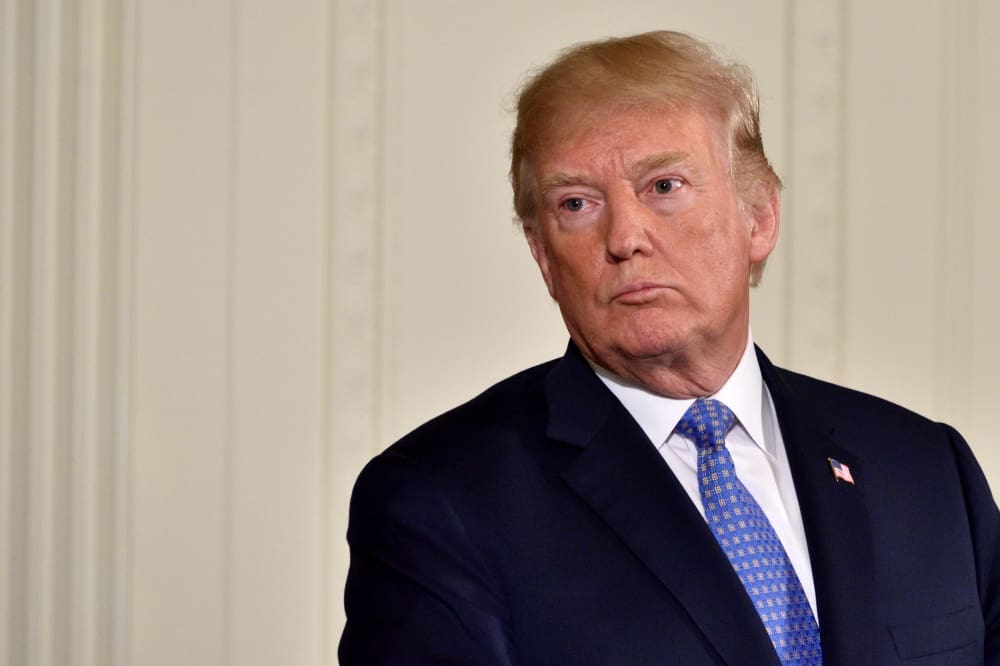President Donald Trump’s recent imposition of tariffs has significantly increased revenue for the U.S. government, with collections soaring by 78% in a two-month period. The federal government collected $68.9 billion from tariffs and excise taxes in the first five months of the year, according to Treasury Department data. These tariffs, which started at a minimum of 10% on a wide range of imports, were enacted in April as part of President Trump’s strategy to boost the national economy.
However, the implications of these tariffs extend beyond increased government revenue. The financial burden of the tariffs is primarily shouldered by American businesses and consumers, who are experiencing higher costs for imported goods. For example, businesses that import raw materials now face increased expenses, which are reflected in the prices consumers pay.
While the Congressional Budget Office (CBO) projects that these tariffs could reduce the federal debt by $2.8 trillion over a decade, there are concerns about the tariffs’ impact on inflation and economic growth. The CBO anticipates higher inflation rates and slower growth as a result of these economic measures, echoing the uncertainty of past economic conditions not seen since the Great Depression era.
The manufacturing sector, particularly, is feeling the strain, with a recent survey indicating a reduction of 8,000 jobs attributed to the tariffs. Companies are finding it increasingly difficult to manage cash flow, as importers must pay tariffs upfront before selling their goods. This financial pressure leads to concerns about potential business closures if tariff costs continue to rise.
President Trump initially set a 20% tariff on European Union imports, later reducing it temporarily to 10%. However, there is a looming threat of increasing these tariffs to 50%, adding to the uncertainty faced by businesses. The ongoing situation has left importers hesitant to make new orders, fearing further hikes and stock shortages.
Overall, while the tariffs are contributing to government revenue and potentially reducing the federal debt, they also present challenges for economic stability and growth, posing risks for both businesses and consumers in the United States.














